There is a large complex with a Welcome Pavilion, Theatre, The Shop, Cafe, and Robert H. and Clarice Smith Gallery.
Multiple tours are offered of the house and the grounds of Monticello. To access the grounds and house, you must take the shuttle bus (or walk). Automobiles are not permitted beyond the parking area near the welcome complex. The basic House Tour is $28/adult; Behind the Scenes Tour (includes upstairs) is $60; Hemings Family Tour is $30; and the Slavery at Monticello and Gardens and Grounds Tour are included in the House Tour. Other special event tours are available as well (see their website www.monticello.org for details).
Because I had been sick with a viral infection for a couple of weeks, we only explored the outdoors at Monticello. I just wasn't up for an hour tour of the interior of the house. We were able to ride the shuttle for $14/each to the house.
Monticello was built between 1769 and 1809. Jefferson designed every aspect of Monticello and it has become a icon of architecture. It was named a UNESCO World Heritage Site in 1987. Below is a view from the West Lawn. Also shown is a side view of the house and a "sun dial" on a terrace.
The plantings were beautiful and I especially loved this old tree that was here during Jefferson's days.
The Fish Pond was used to hold fish caught in nearby streams until they were prepared for the table.
There are two service wings at Monticello. The South Pavilion housed the kitchen, dairy, smokehouse, wash house, and 3 slave quarters under one roof. The kitchen and one of the slave areas have been restored, the other rooms are expected to be open to the public in 2018.
Mulberry Row was the hub of the 5,000-acre plantation. There were 25 dwellings, workshops, and sheds. Slaves, free blacks, and indentured white workmen all lived and worked here. Remains of four original structures and some re-created ones can be seen.
Jefferson originally built one building to house multiple slave families along Mulberry Row. However, single buildings were replaced by individual 12'x14' "servant houses" in the 1790s.
Six carriage and saddle horses plus one mule were stabled here. The stone structure was originally a larger L-shaped stable, but this is what remains today. At least 25 more horses were stabled at various other locations on the plantation.
Jefferson's heirs sold Monticello (including the slaves) to pay his debts after his death. It was purchased by Naval Officer Uriah Levy, a great admirer of Jefferson) in 1834 to preserve it. Levy bequeathed Monticello to the US in 1862, but the government refused it. It was not until 1923 that the house and 662 acres were sold to the newly-formed Thomas Jefferson Memorial Foundation. Levy's mother is buried in the remains of the original wash house on Mulberry Row. It was one of the first structures built on Mulberry Row. In 1809 the wash house was moved to the South Pavilion and the building had other uses.
Jefferson started a nail-making operation (using slaves for the work) in 1793 that proved profitable for a time. He used the nails on the plantation and sold them to local shops and neighbors. Below is the reconstructed building. Also shown, are the remains (chimney and foundation) of the "joiner's shop." From 1775, enslaved and free workmen produced some of the finest woodwork in Virginia.
Large vegetable gardens were planted on the land below Mulberry Row.
You can walk or catch the shuttle to Jefferson's Grave (.45 miles). The Monticello Graveyard Cemetery remains the property of Jefferson's descendants and continues to be used as a family burial ground.
We walked back to the visitor complex and spent some time in the Gallery.
Jefferson kept meticulous records of Monticello leaving a legacy of the best-documented plantation in North America. Exhibits in the gallery were created based on that documentation.
This is Jefferson's original design for Monticello's, although it was never fully implemented.
Jefferson received a classical education, learning Greek and Latin as well as other languages (French, Spanish, Italian). He was well-versed in history, philosophy, literature, art and architecture and had a life-long pursuit for knowledge. He founded the University of Virginia and designed most of the original buildings.
Thomas Jefferson was in public life for 33 years and served in the following positions: delegate to the Virginia General Assembly, governor of Virginia, US Minister to France, Secretary of State, Vice President, and President form 1801 to 1809. Two of the notable events during his presidency include the Louisiana Purchase and the Lewis and Clark Expedition.
On our way back to the car, we came upon this graveyard for enslaved people of Monticello. More than 40 individuals are buried here. It is believed that their are additional slave burial sites, but others have not been yet located.
I am so glad that we had the opportunity to see this unique piece of American history. Although the tours seem pricey, the place was very crowded. We will definitely tour the interior of the house if we visit here again. There is a lot to see here, so plan to spend at least a half a day at Monticello.
Website: www.monticello.org
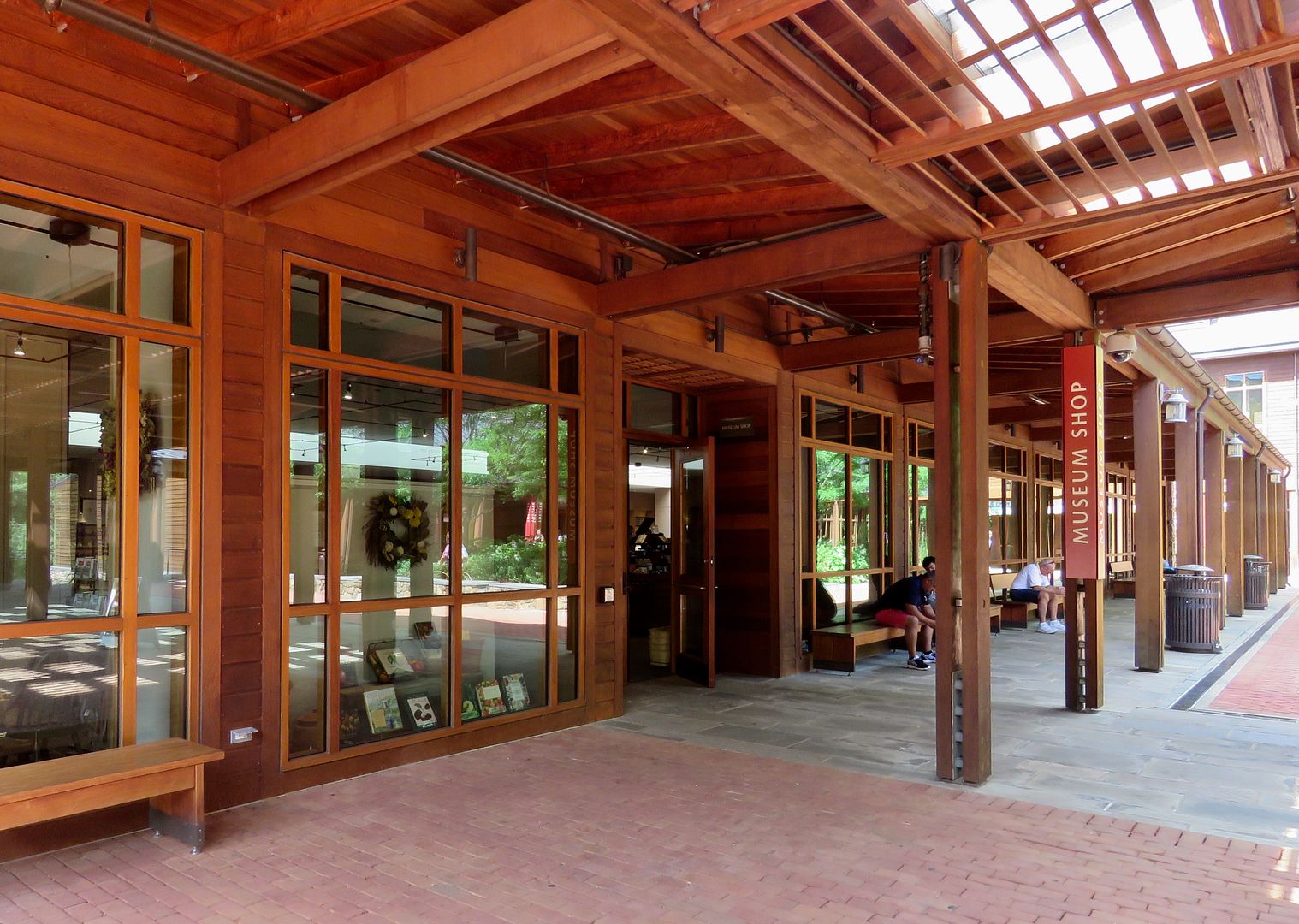
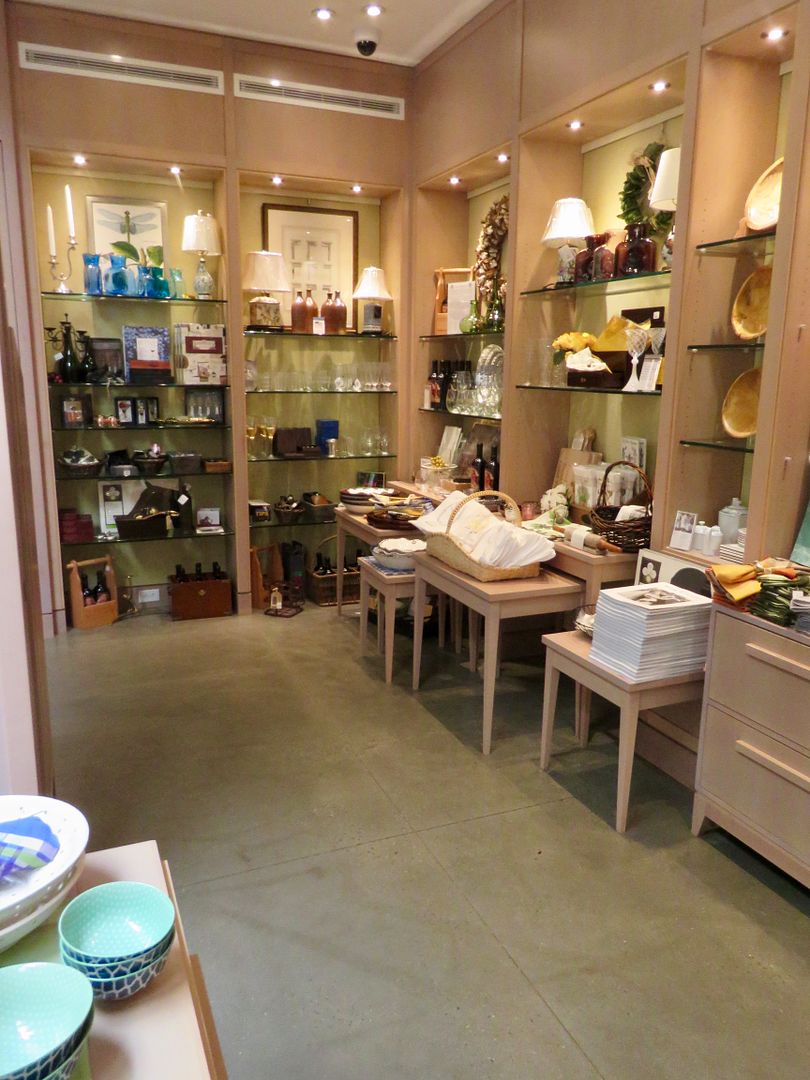
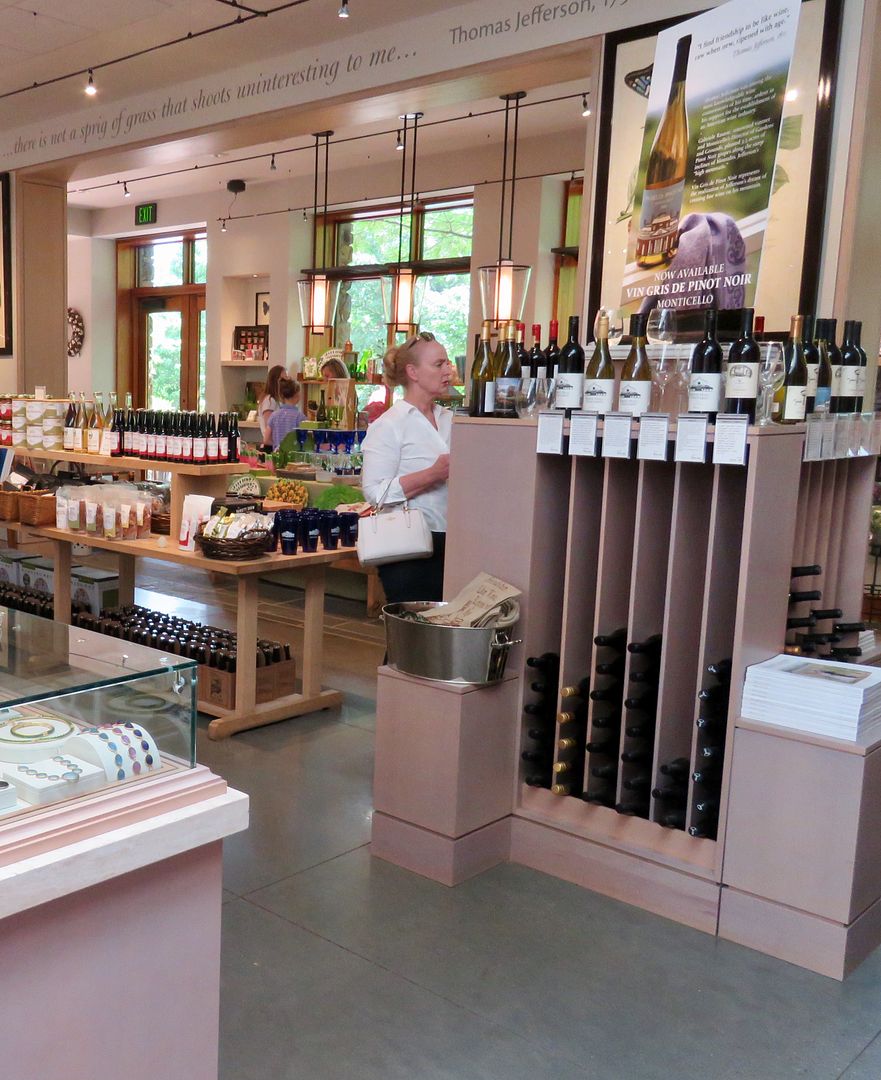
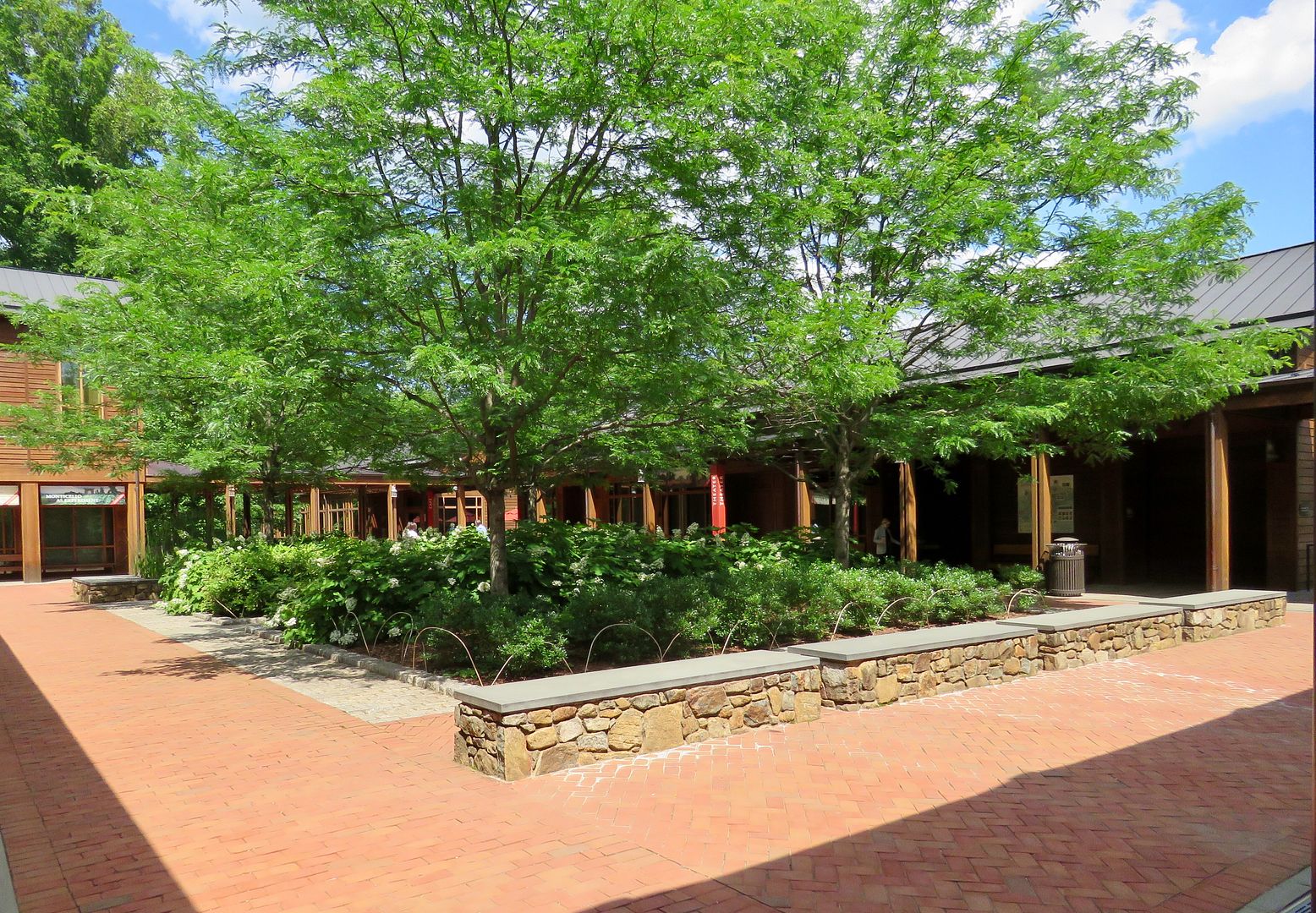




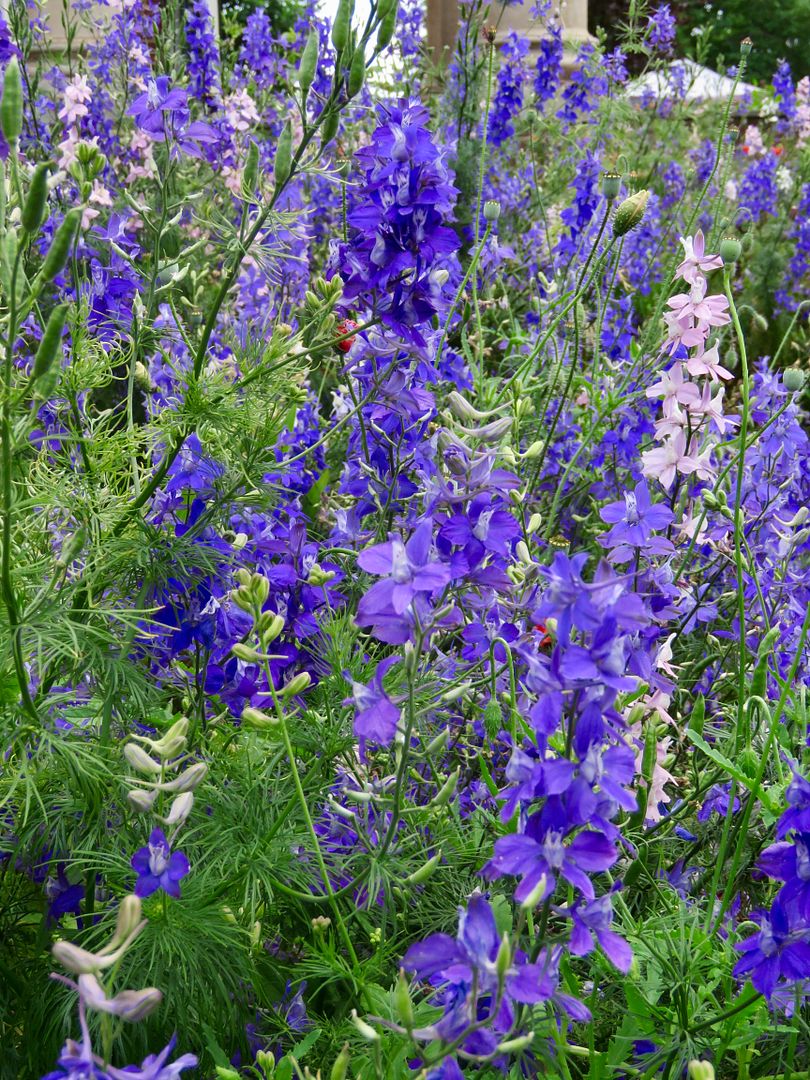
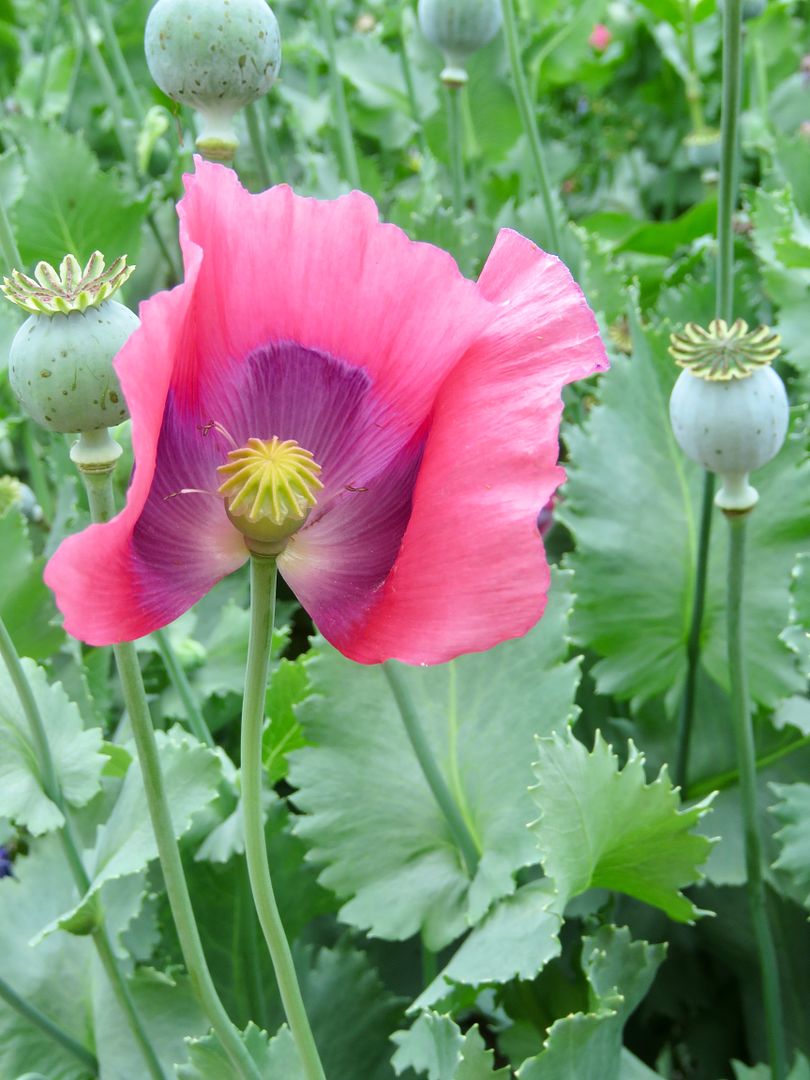
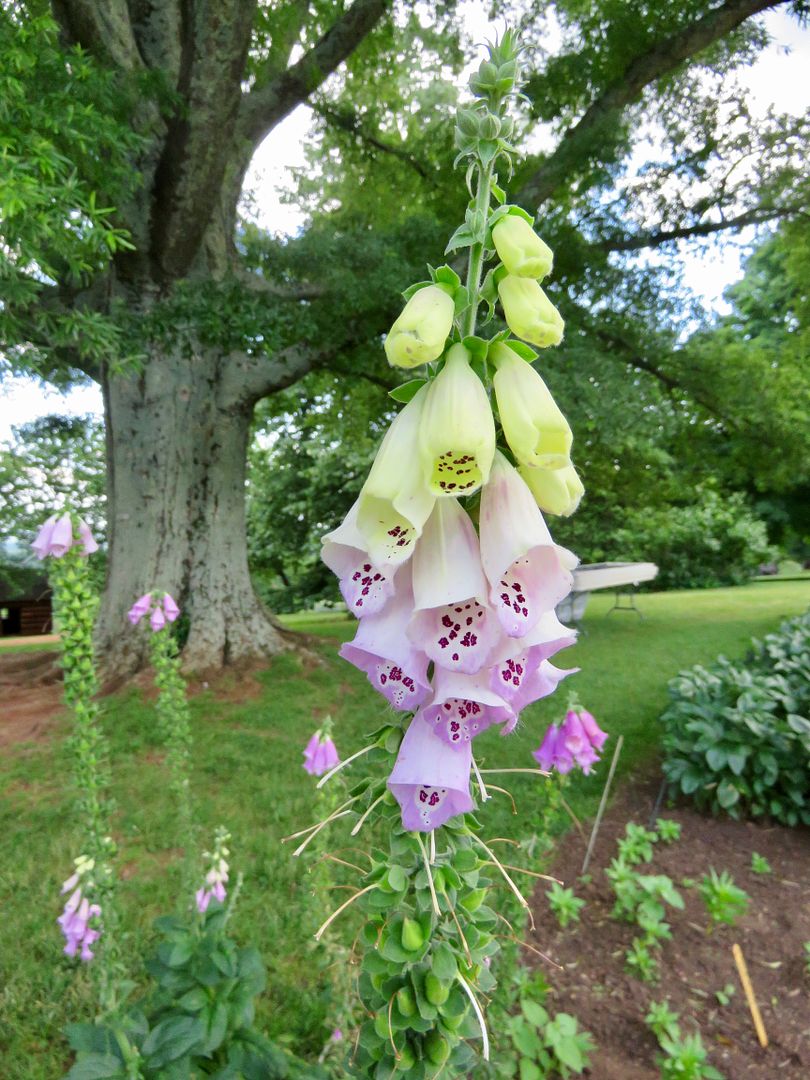
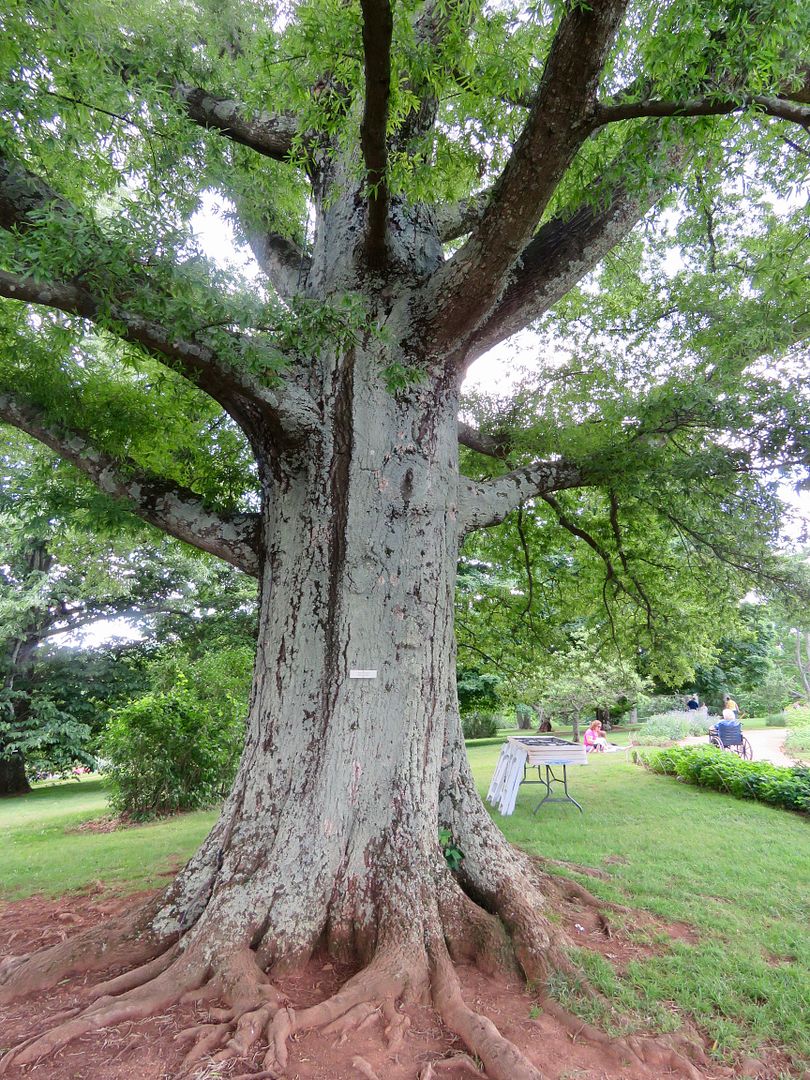
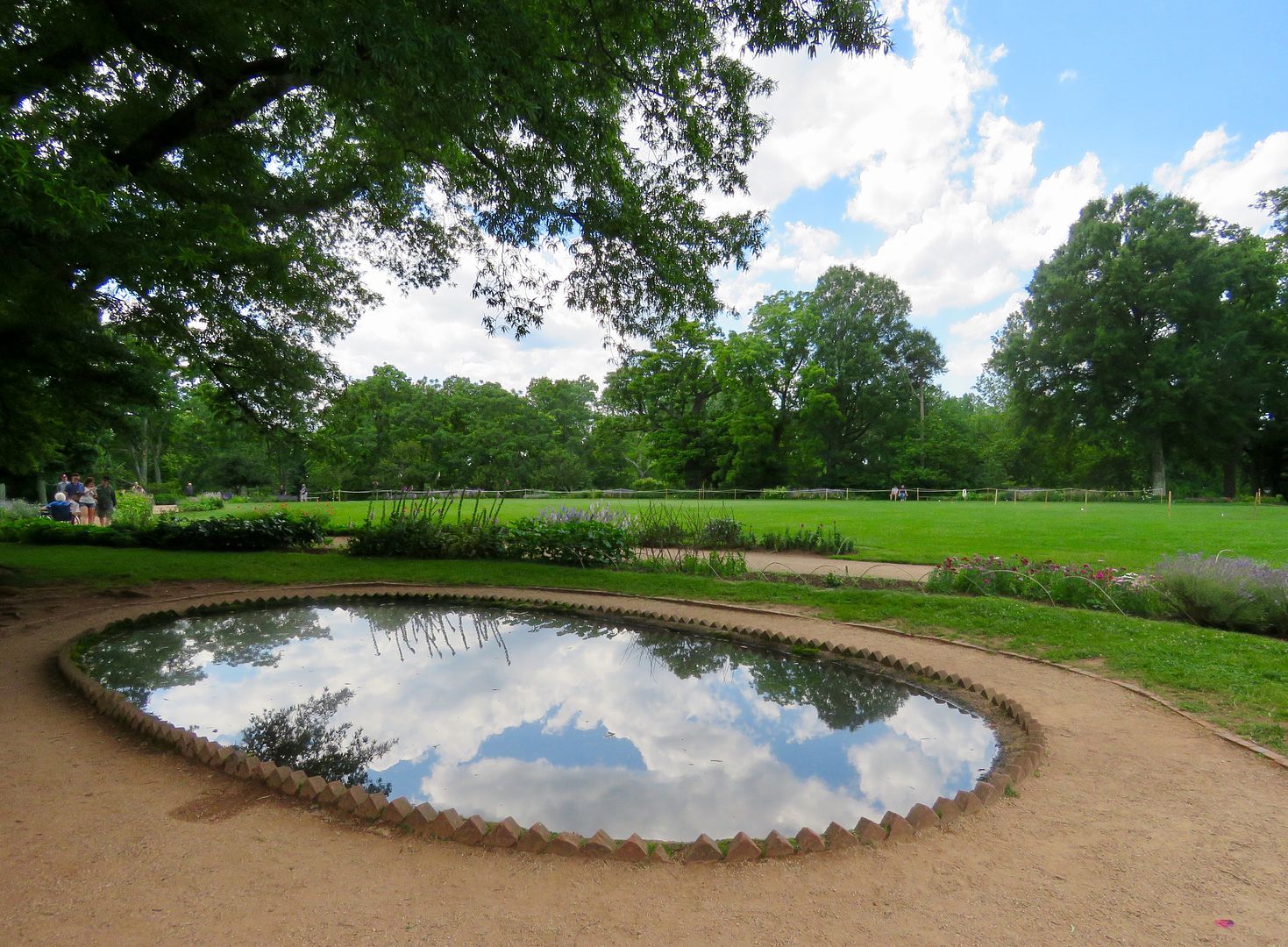
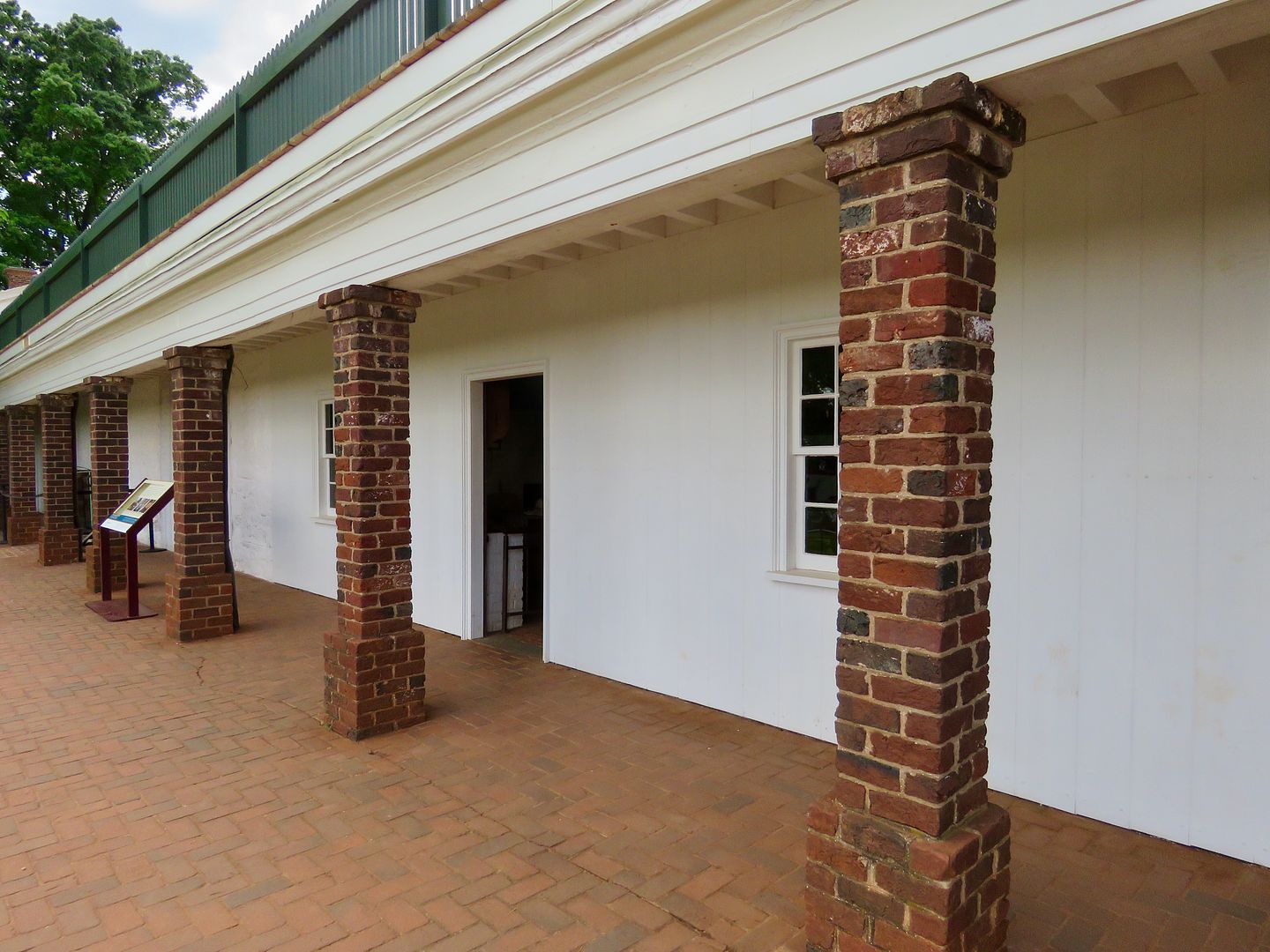
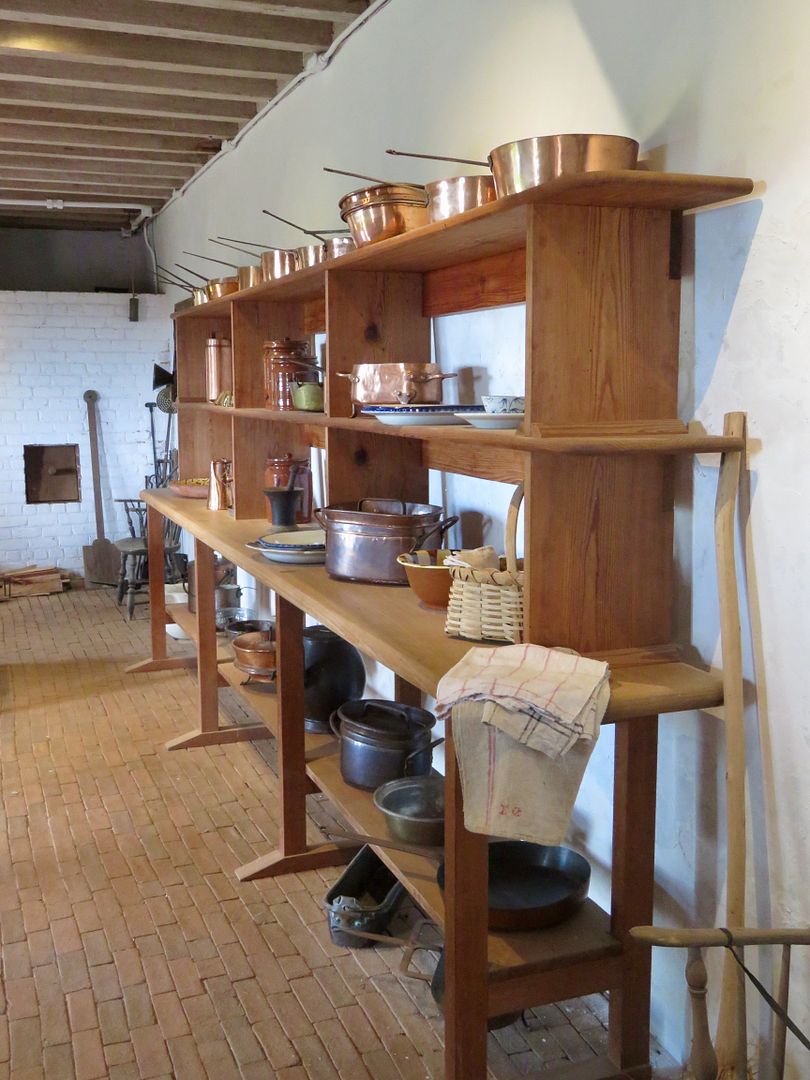
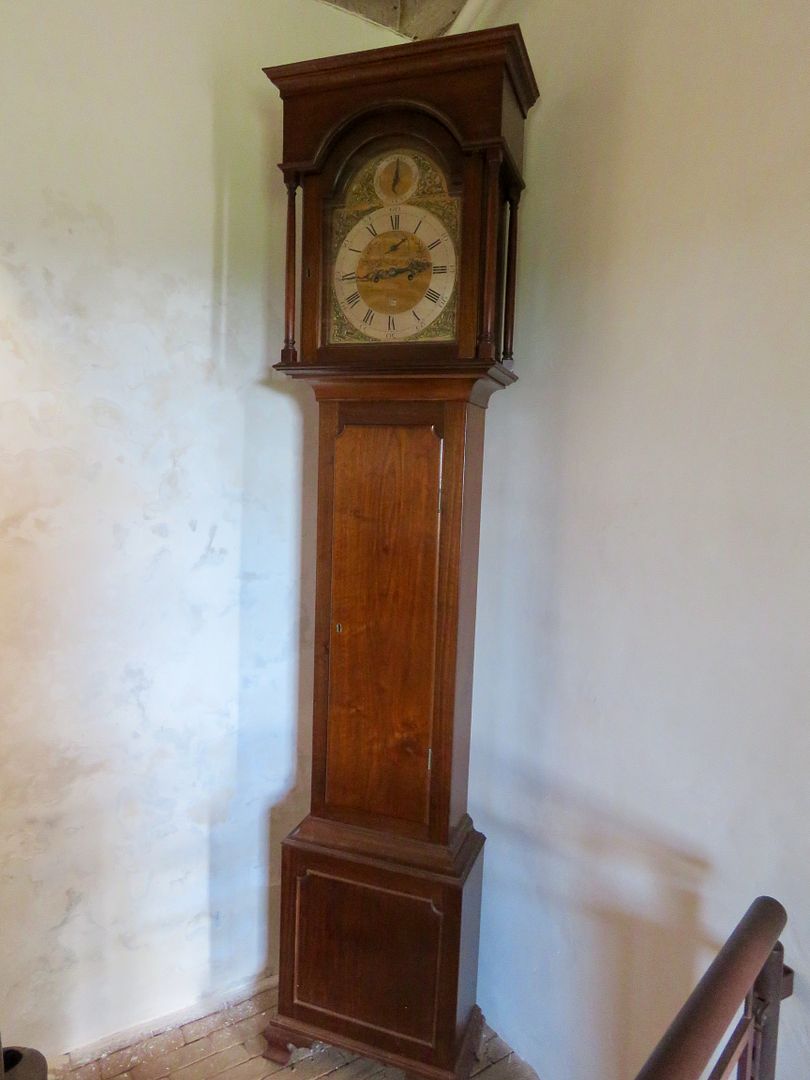
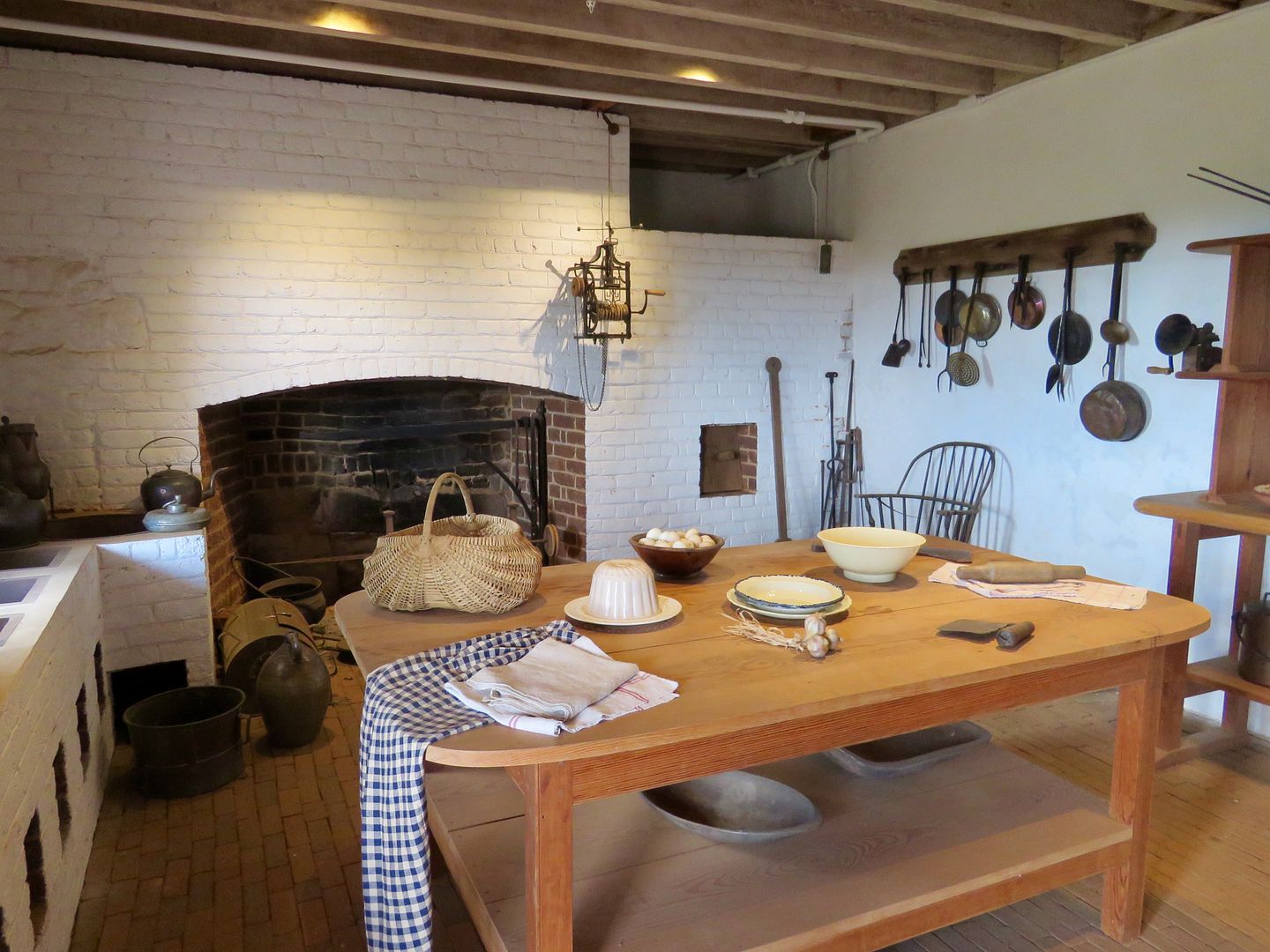
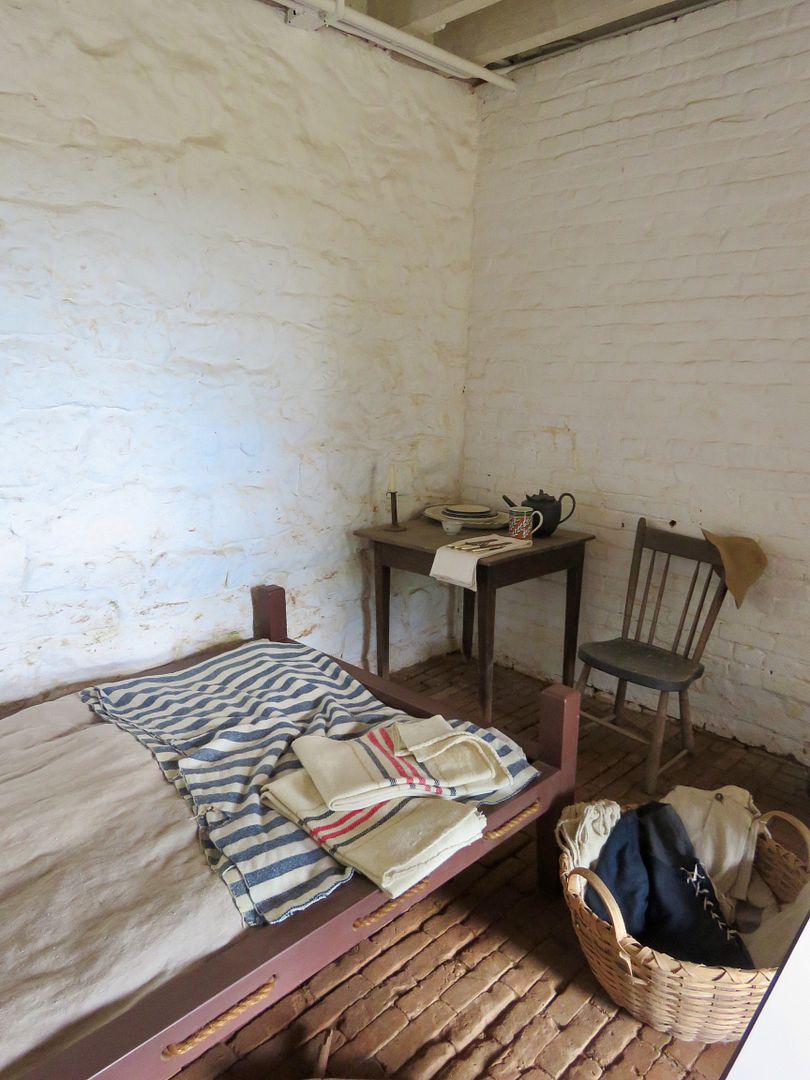

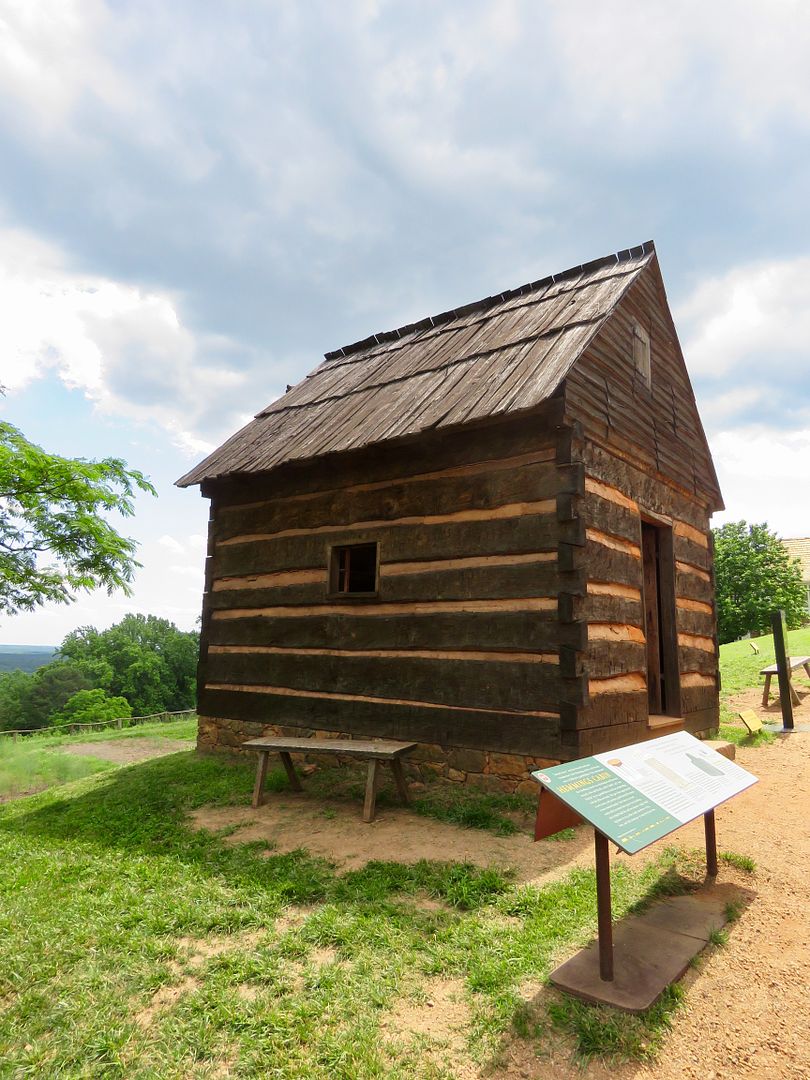




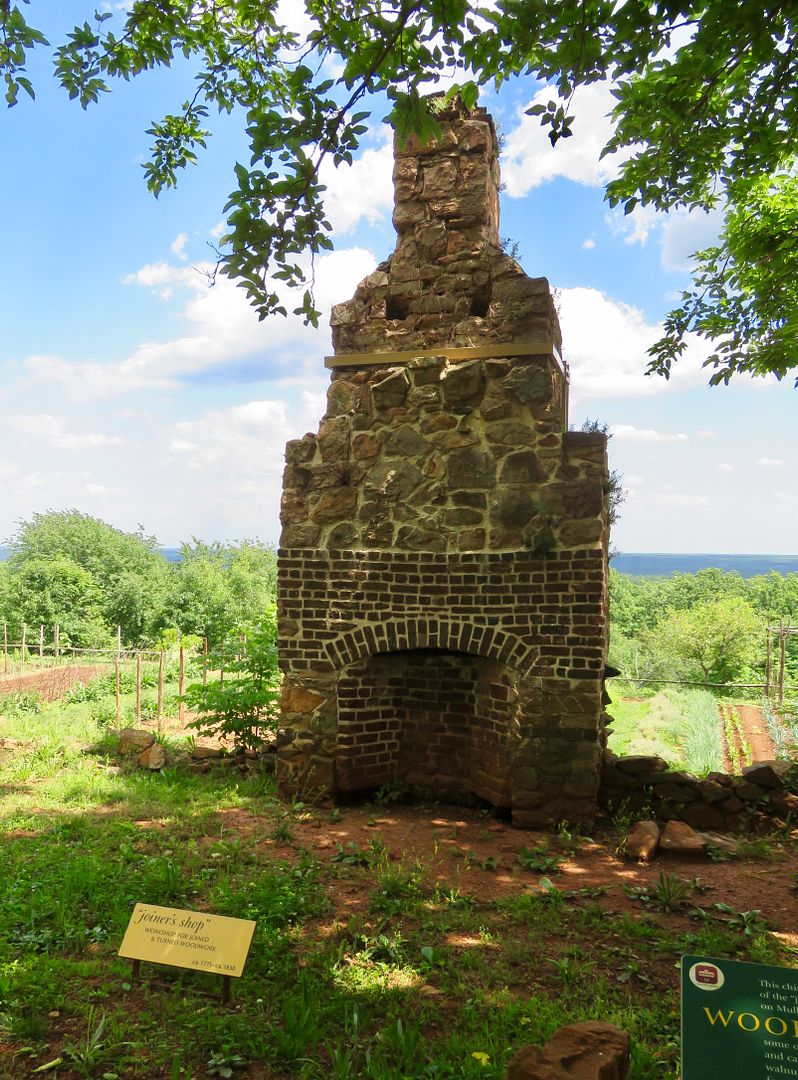
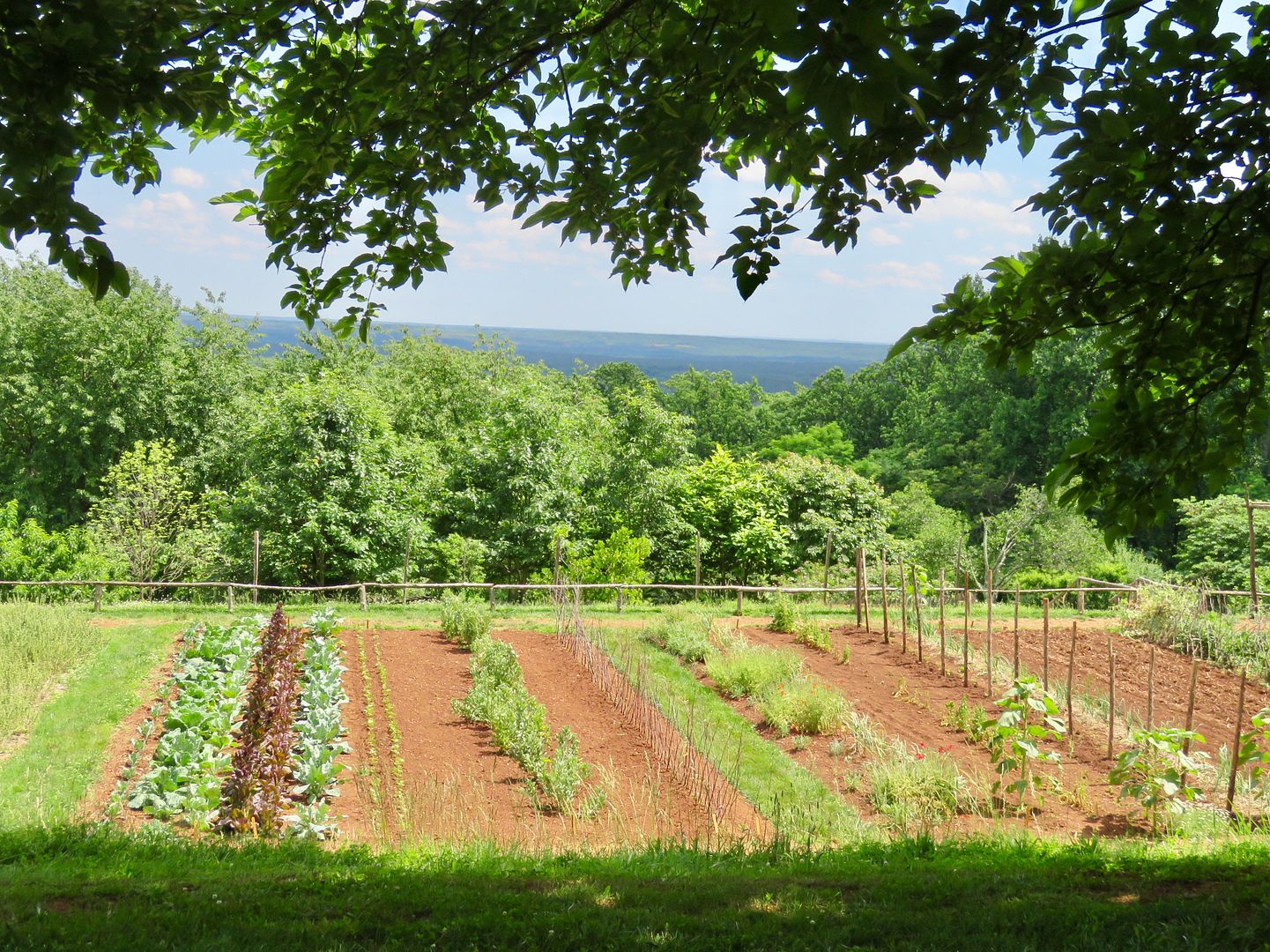
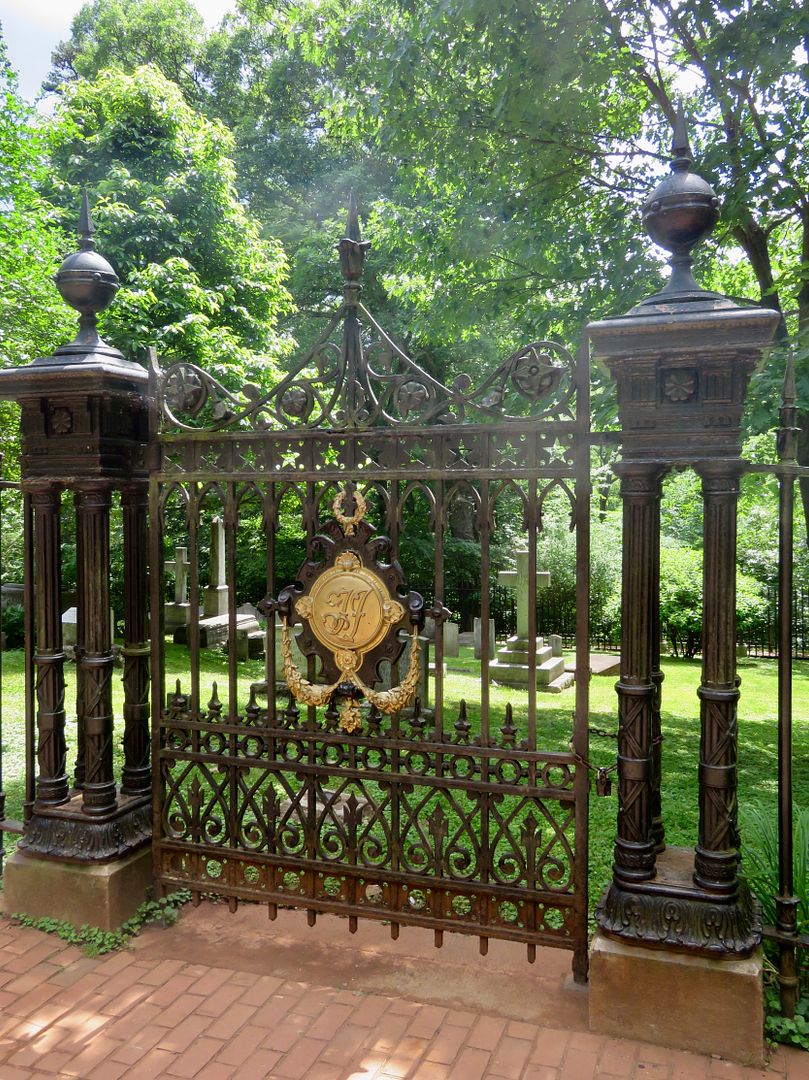



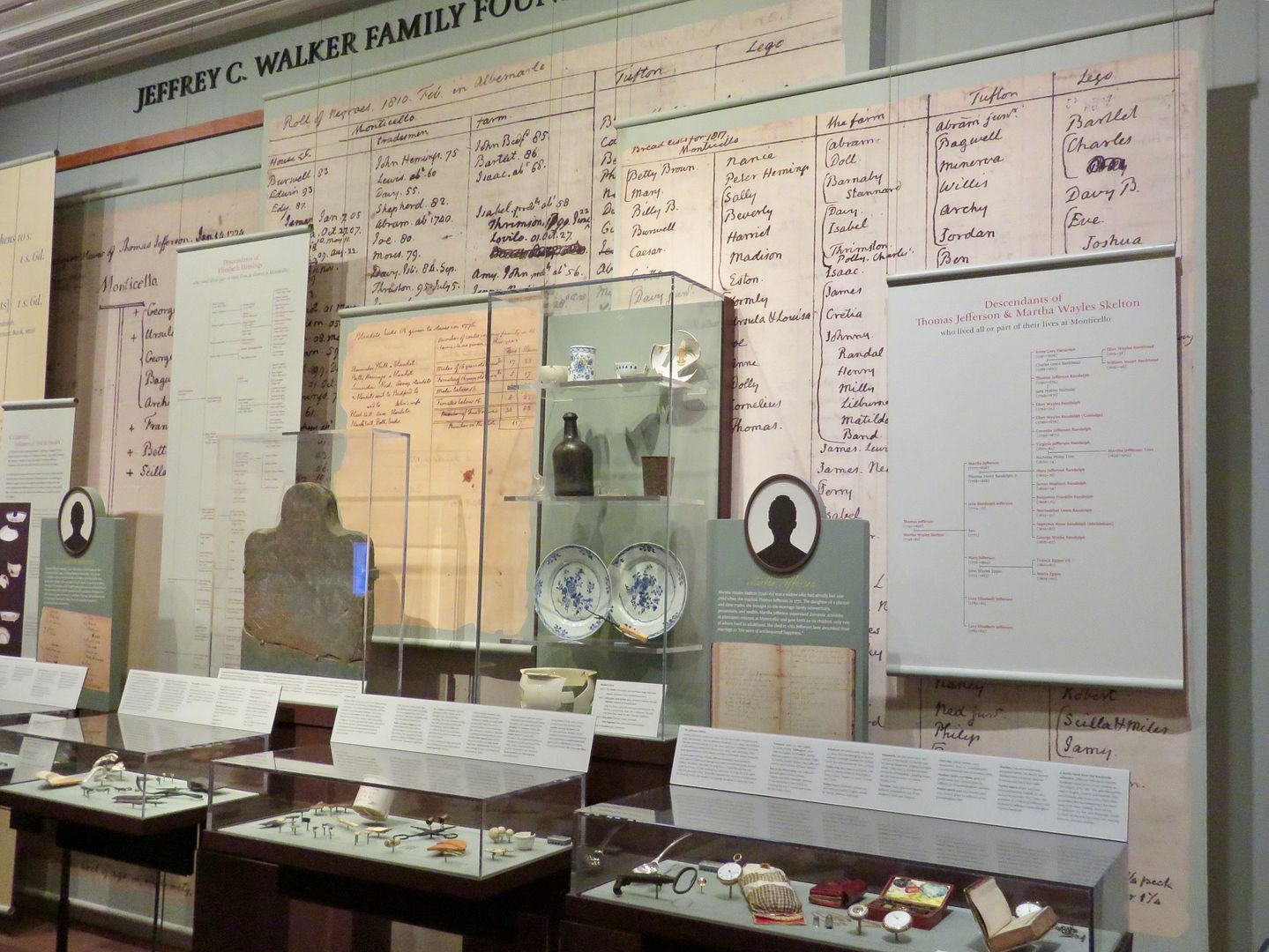
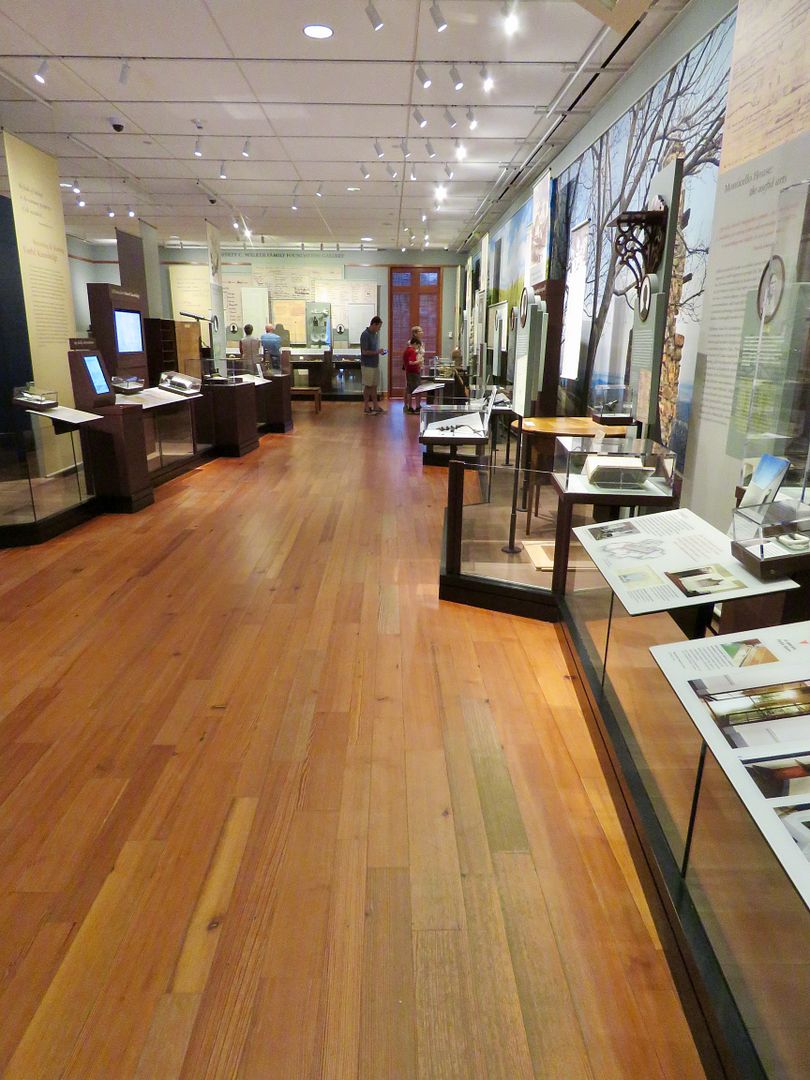
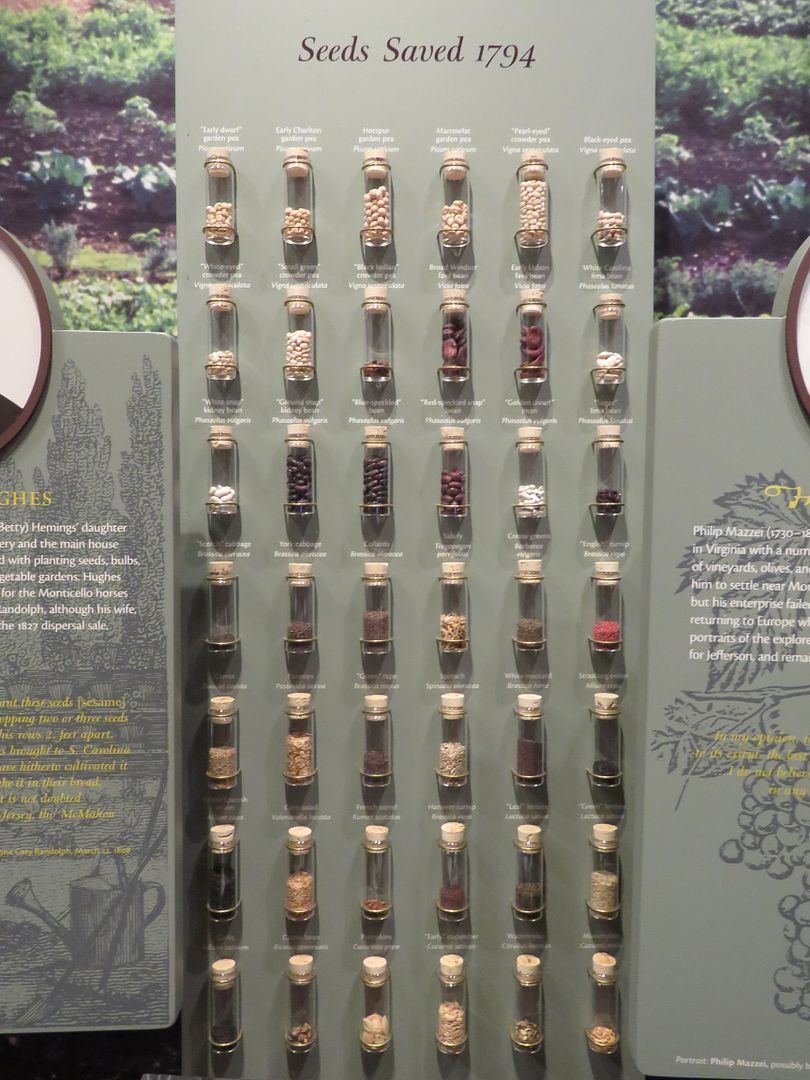
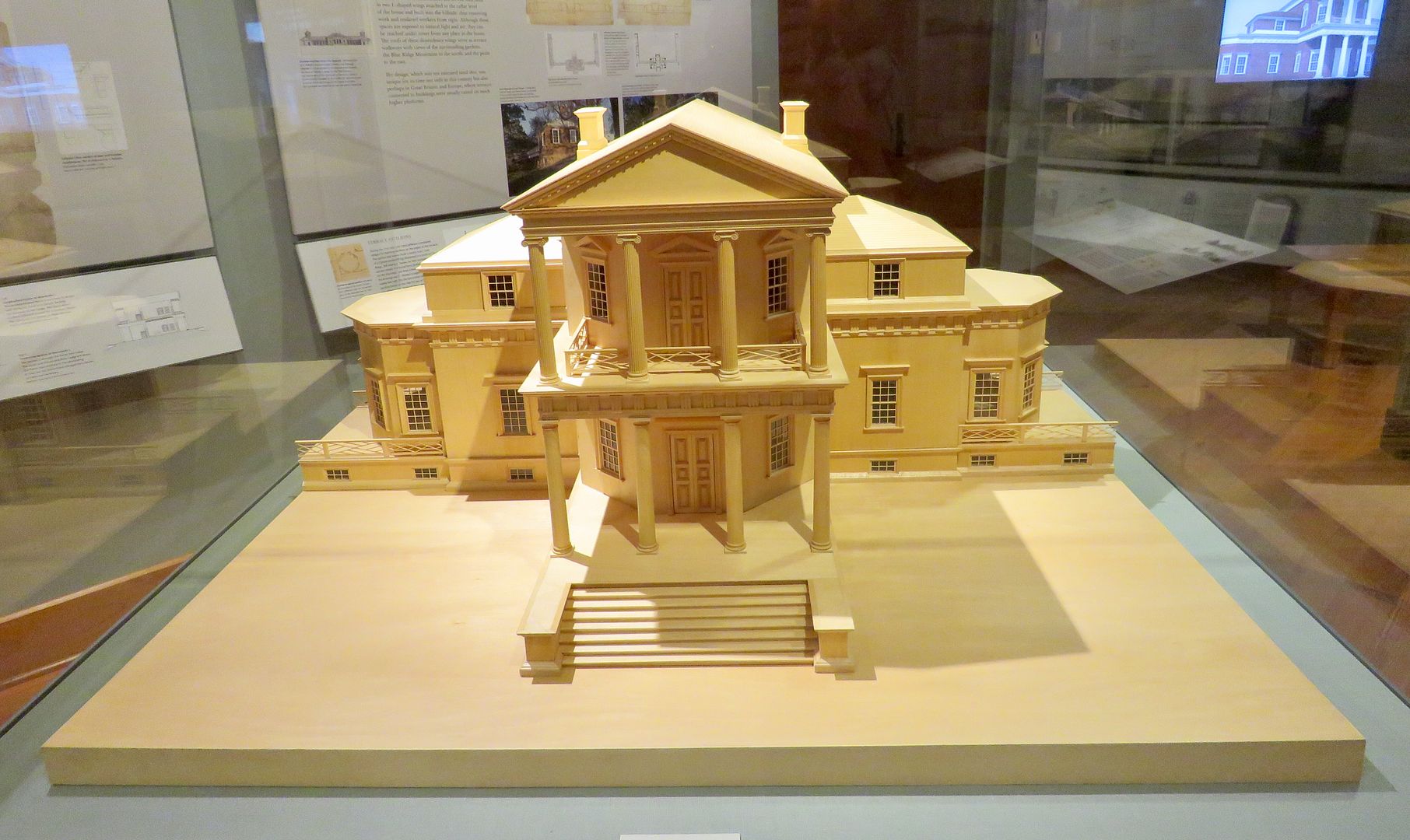
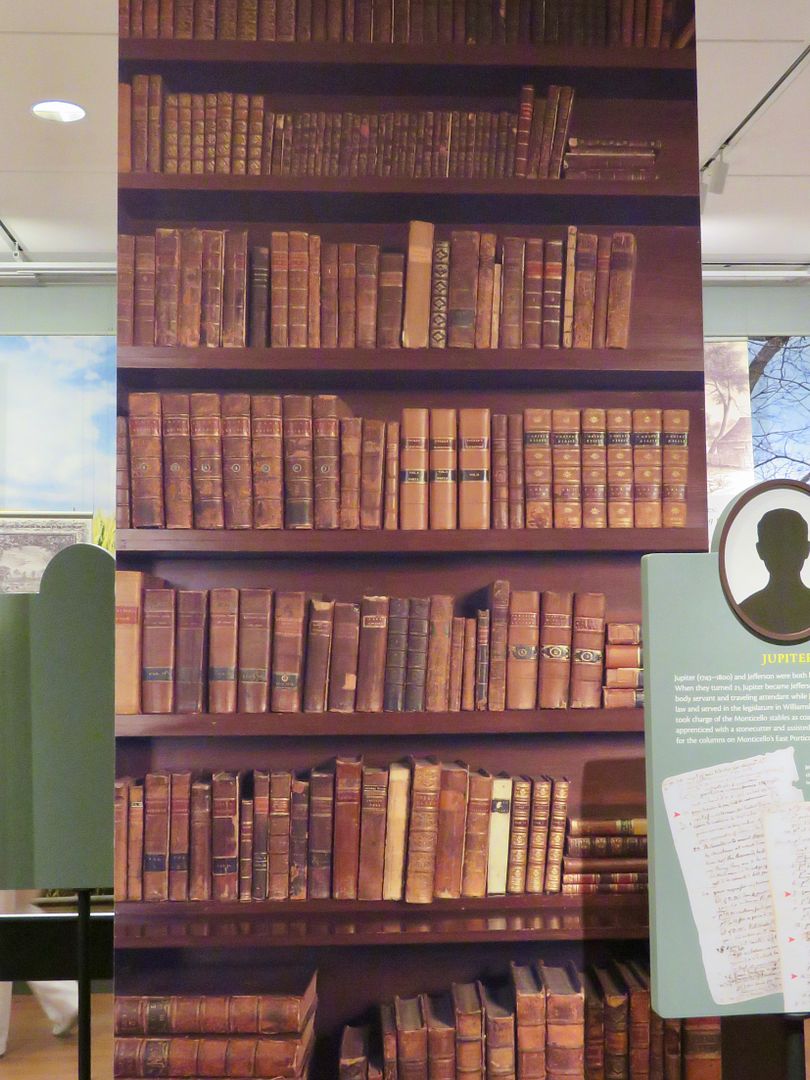
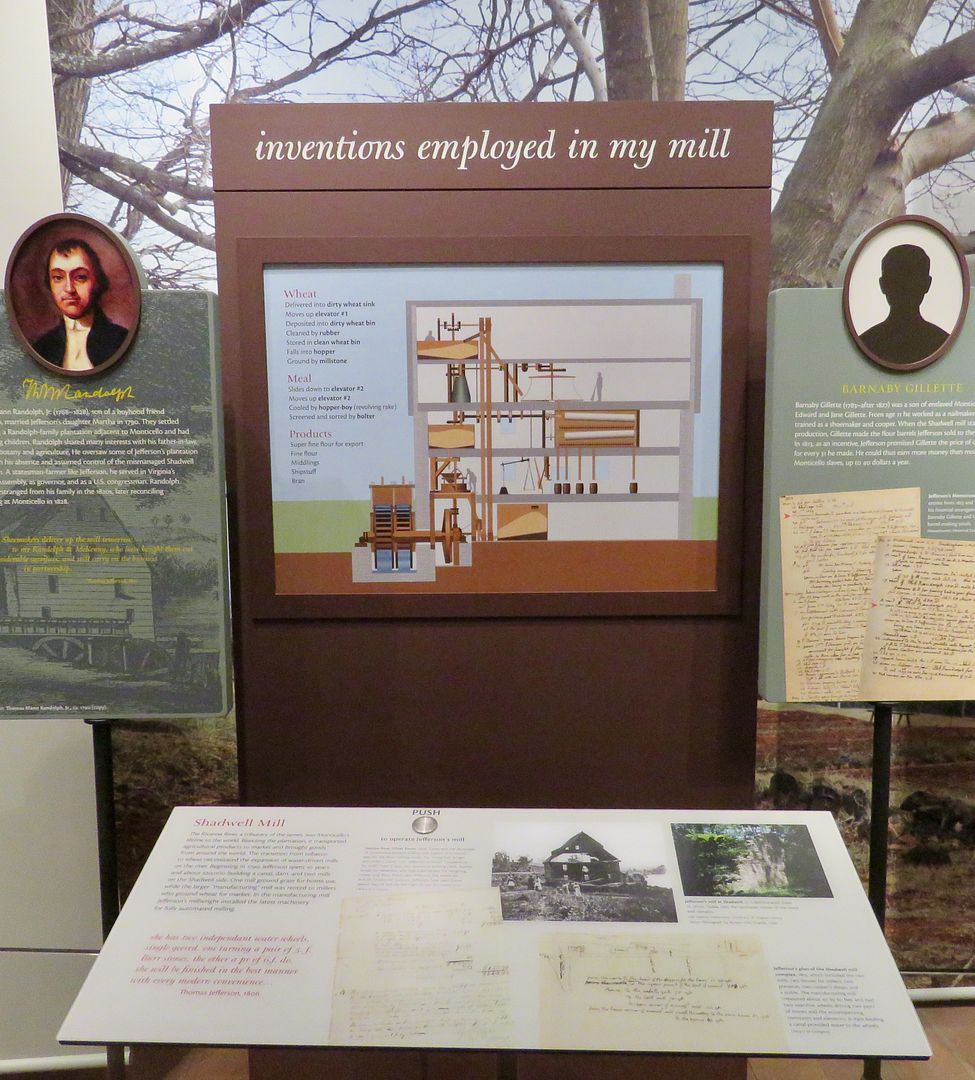



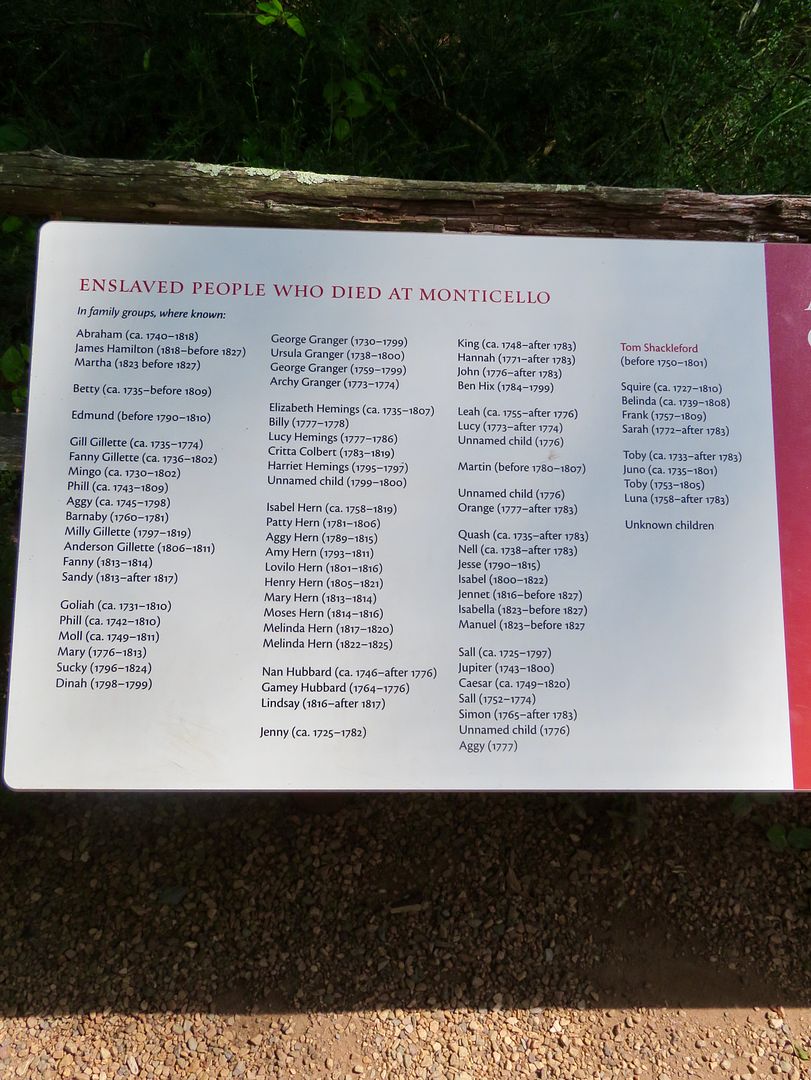
No comments:
Post a Comment